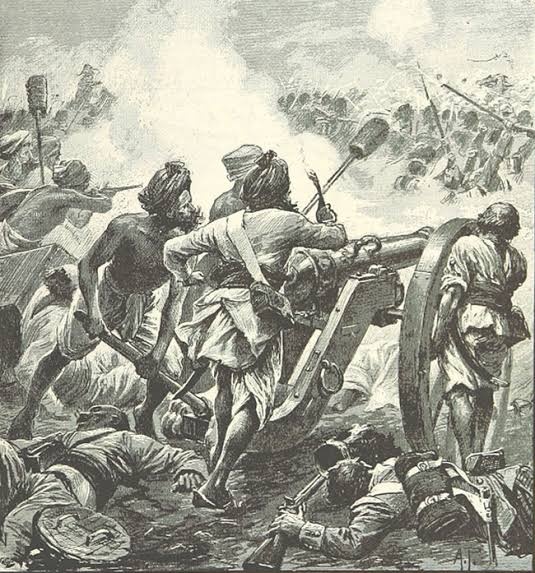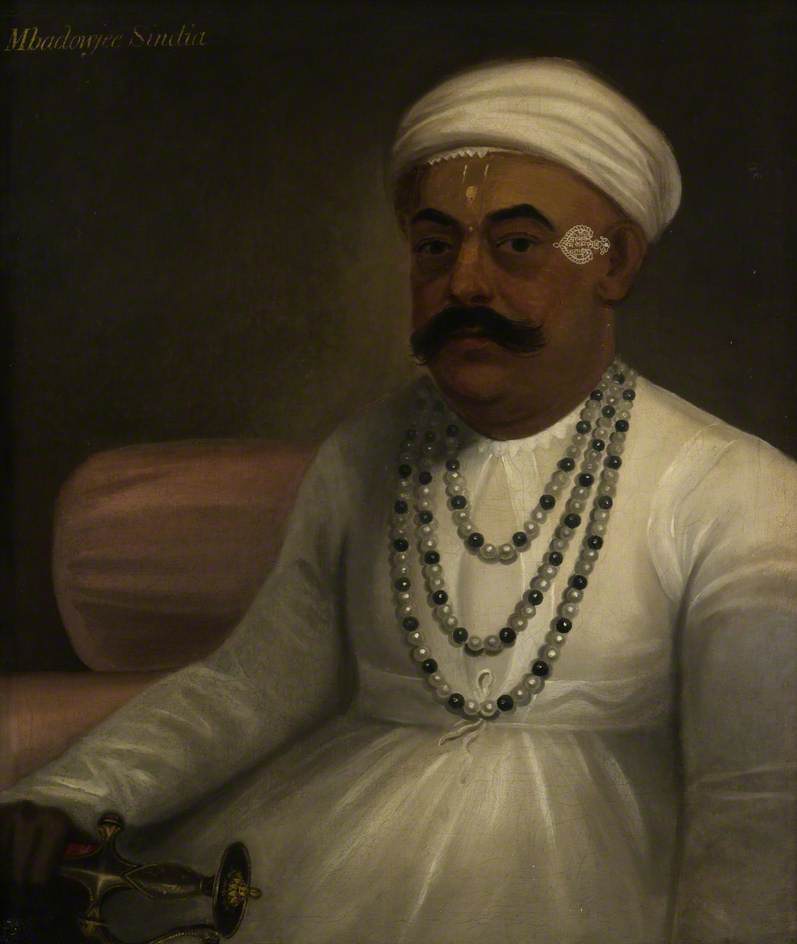Friends, this title of the article may seem strange to you. It is natural to wonder why all powerful Mongol (Mughal) emperor, head of Hindustan would mourn and compose an elegy. Friends, this is the story of 18th century Mughal emperor Shah Alam II who rarely participated in the battles of that period but wrote sentimental poems even when mountains of grief fell upon him. In one such impassioned poem he appears to have enlisted Maratha general, most trustworthy Mahadji Scindia (Shinde) for help. This article is about this incident.
As you may know, Shah Alam II was the emperor of Delhi from 1756 to 1806 AD. Apparently, it was the Marathas who formally reinstated Shah Alam II on the throne of Delhi in December 1771. From the point of view of Maratha history, this is considered as a milestone incident post battle of Panipat. Ghulam Qadir was one of the most wicked and cunning of the important courtier of Shah Alam II. This same Ghulam Qadir had defamed the emperor in his court with his greed for wealth. Not only this, but many of his Begums and children were flogged and punished to stand in the sun. Unfortunately, this kind of punishment went on for many days in the court of Delhi.
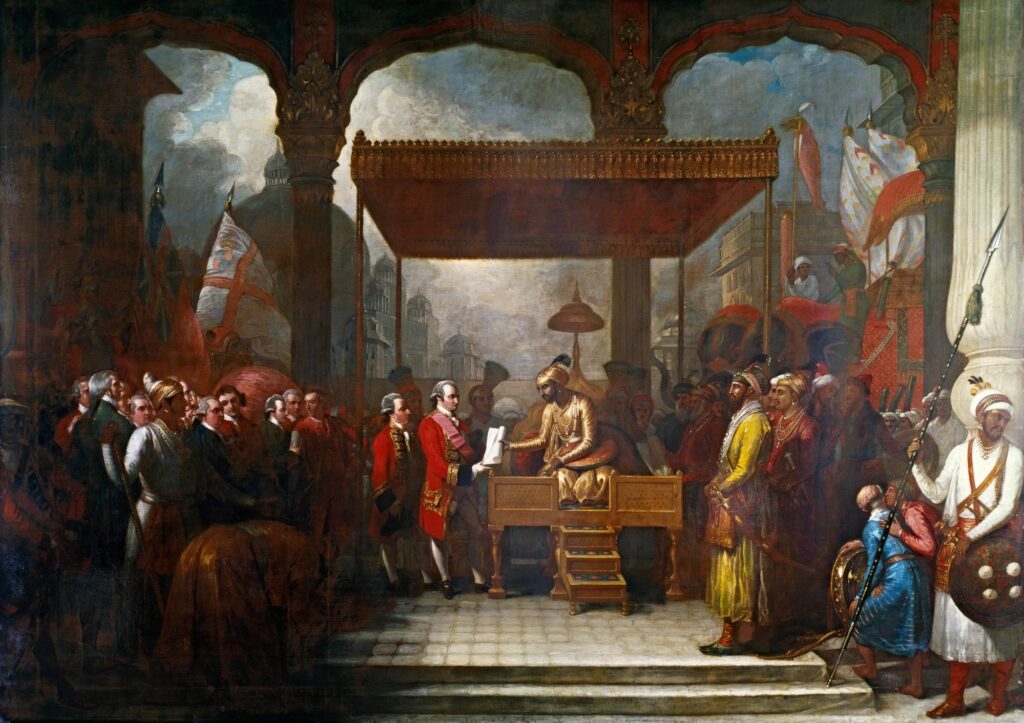
One such day, Ghulam Qadir demanded money from the Emperor. He used to make such a demand every day. This time, as usual, the emperor replied that he had no money. At this juncture Ghulam’s rage was unleashed and he pulled the Emperor down from his throne and sat on his chest. As the aged emperor could not bear this suffering, he was begging for mercy. Then Gulam Quadir, unconscious with brutal rage, stabbed the emperor in his eyes, blinded him forever and imprisoned him. From July 27 to October 2, 1788, Ghulam Qadir’s rampage of atrocities continued on Delhi.
It would be a wonder if this emperor who was imprisoned in this way was not in a state of shock! As he could not bear the suffering, the sensitive emperor’s poetic talent blossomed in such a state and he composed this elegy.
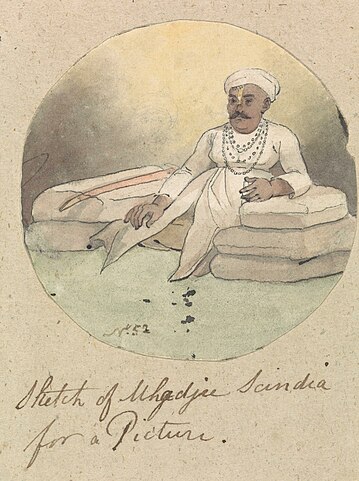
On this occasion, Shah Alam II desperately remembers Mahadji Scindia and says that only Scindia can save me from this calamity. Here are the lines referring to Mahadji Scindia in the elegy composed impromptu by Shah Alam II after his loss of sight (blindness);
Thee too, O Sindiah, illustrious chief,
Who once didst promise to afford relief:
Thee I invoke, exert, thy generous aid,
And o’er their heads high wave the avenging blade.
Of course, as expected, no one helped the emperor except Mahadji. In the final lines of composition, the Mughal emperor, raising his spirits, says,
Some happier day, a providential care,
Again may renovate the falling star:
Again, O King, raise up thy illustrious race,
Cheer thy sad mind, and close thy days in peace.
Shah Alam II was a failure and dependent as a warrior but there is no doubt that he was a learned king. Shah Alam II was very well educated by study and reflection, he had mastery of all the languages of the East and such mastery as a writer could hardly have been acquired by men of such high standing like him at that time. In this book, the author opines that his correspondence with various kings of India, during his long and eventful reign, shows the proof of his cultured mind and we can judge him by the poetry he wrote when he was in a very miserable state after losing his eye sight.
After blinding Shah Alam and starving him in the prison, how much his life must have been disturbed by pain, and in such a state, a painful poem is written by him on the prison wall, this incident should be said to be the extreme state of the sensitive mind of the emperor. In such a state, it seems wonderful that the Emperor of India is begging for help from Mahadji Scindia. It is an epitome of Maratha courage and ethics that the Emperor should have confidence that only Mahadji can bring him out of this painful situation. And in fulfilment of this trust of the Emperor, within a few days the Marathas not only freed Shah Alam from prison, but imprisoned the cruel Ghulam Qadir and sent him to death. Original Persian poetry useful to Persian language scholars is also provided for reference.
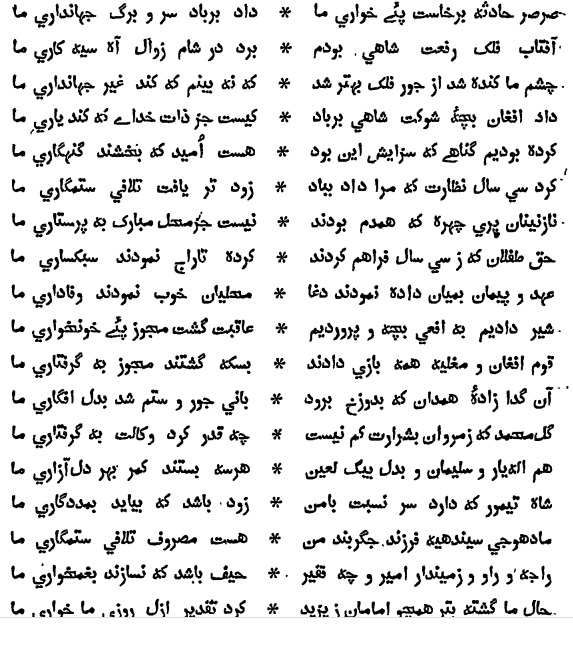
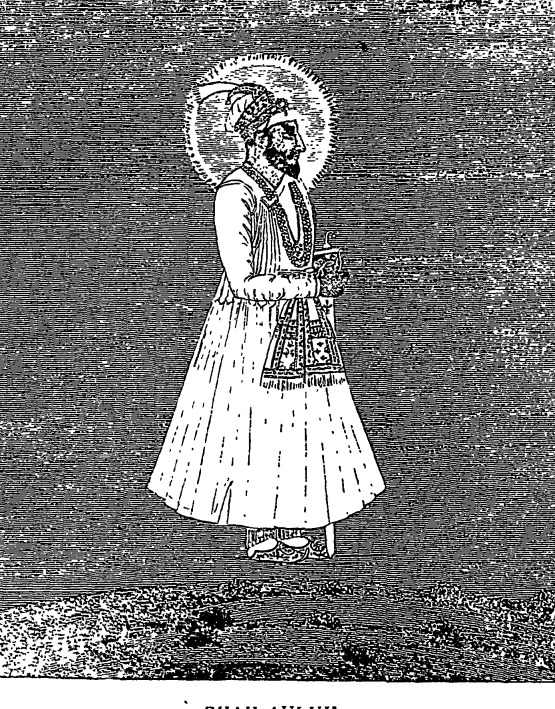
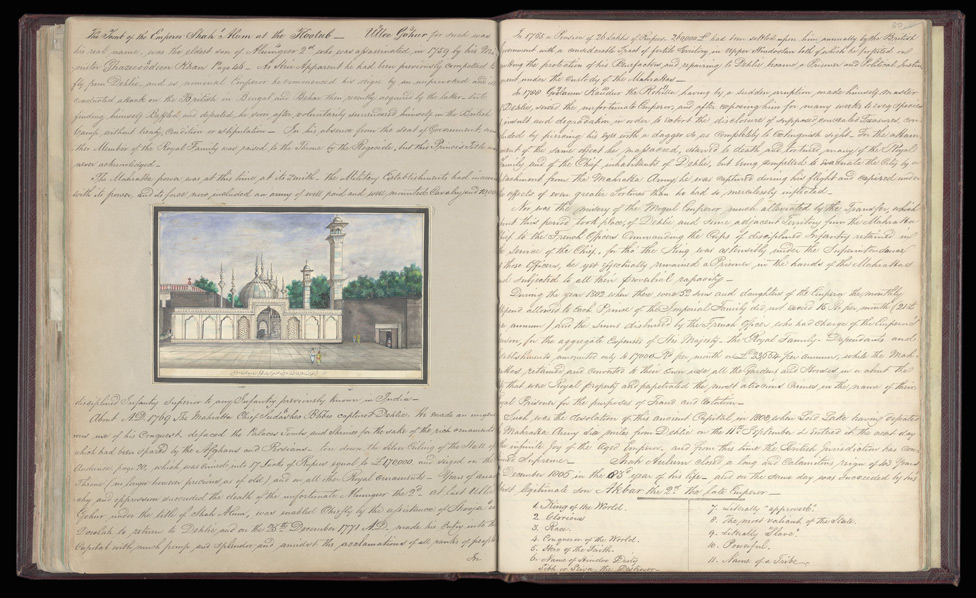
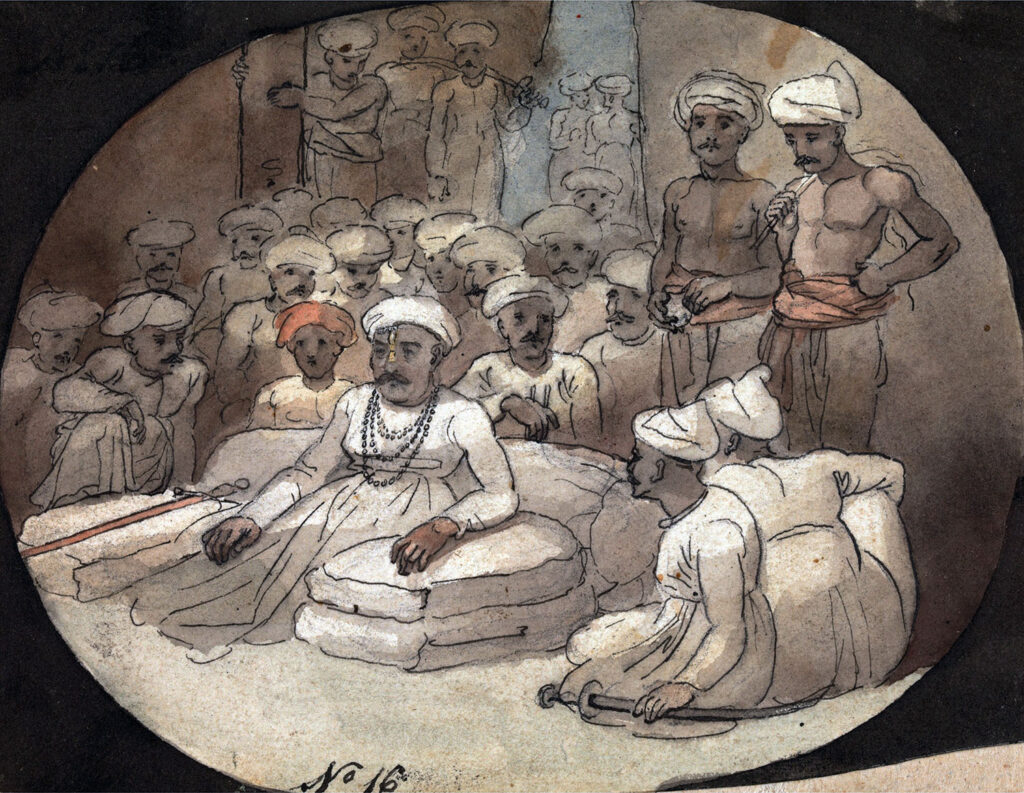
Reference:
The History of Reign of Shah Alam by W. Franklin,1798
Compiled & written by: Guest Auther Pramod Karajagi
To see more of such historically well researched articles, please do visit the Facebook page of the author.


